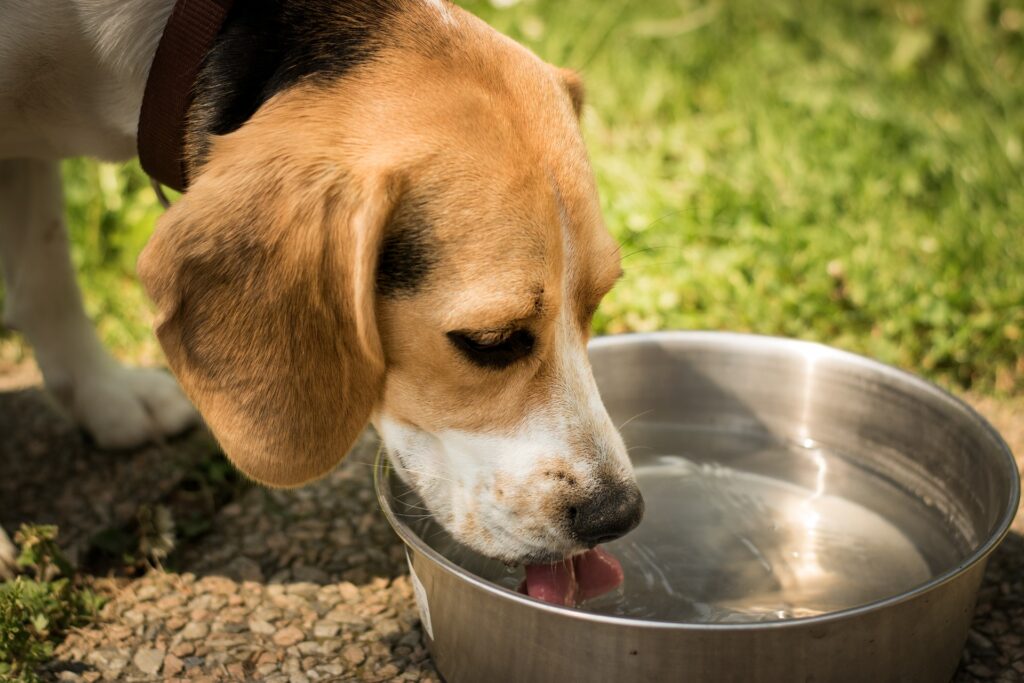Symptoms of Diabetes in Dogs
06/08/2024
We’ve recently updated our article on diabetes:
Have you noticed any of these symptoms in your dog?
- Thirst & increased weeing or accidents.
- Unexplained weight loss
- Lethargy or low energy
- Not eating
- Cataracts or loss of sight
- Reoccurring infections (skin or urinary tract)
These are all symptoms that a dog with diabetes can have, but there can be lots of other reasons for new symptoms so it’s always best to get your vet’s opinion and diagnosis. Nowadays, most dogs with diabetes can be managed at home, although there is likely to be routine checks and tests as well as a need to keep an eye on your dog’s wellbeing and symptoms. Diabetes is more common in older dogs and is often related to other conditions like immune or pancreatic conditions or body condition (obese or overweight dogs).
Management at home tends to mean daily injections and blood glucose monitoring but most dogs will become tolerant over time especially if followed with a positive reward. Their diet needs to have extra fibre (preferably insoluble fibre from grains or vegetables) to slow down carbohydrate breakdown and prevent sudden rises in blood glucose. Making sure all foods and treats have no added sugars and are lower in fat to prevent weight gain is also important to keeping dogs with diabetes stable and in good condition. Recently a connection between dental health and blood glucose control in dogs has been proven, so keeping on top of dental checks and appointments may help as well.
Finding out your dog has diabetes can be a bit of a shock, but dogs can adapt well to the changes and continue to have a long happy life with you.



